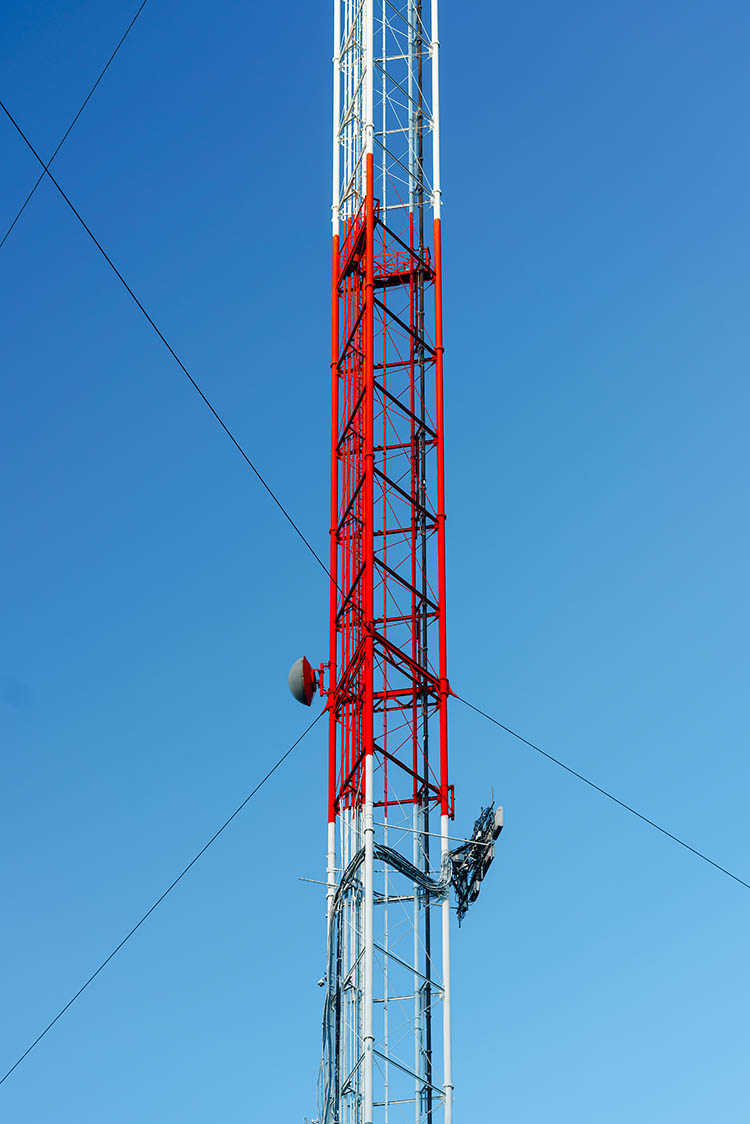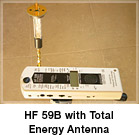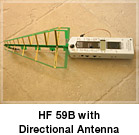
13 Dec Radio frequency risk assessment and mitigation planning
Research tells us that exposure to digital communications pollution (cell phone, wireless Internet, cordless phone and more) is detrimental to health. Specialist MD’s working with people exhibiting motor neuron disease (like Alzheimer’s) and with autistic children are now convinced that digital pollution accelerates brain deterioration by destruction of brain synapses. See also Wireless Communications and Health.
Exposure guidelines have been established by the Building Biology Institute for radio frequency energies (as well as other form of EMR) in sleeping areas. Although the guidelines are for sleeping room conditions, these could also be applied to other living areas in the interest of being conservative.
In the assessment, total radio frequency energy is measured in all areas of concern using an instrument made in Germany by GigaHertz Solutions. This is the HF59B and the HFW59D power density meters capable of measuring pulsed (digital) radiation as is produced by cell phone systems, cordless phone systems, paging systems, wireless Internet systems and older radiation from radio ,TV and other analog signals from 27 MHz to 10 GHz.
There are several steps to the assessment:
- Measurement of total incident energy from all directions as the body would experience it.
- Comparison of the measured energy to radiation guidelines from various sources.
- Measurement and identification of sources of radiation in preparation for mitigation planning.
a. Internal
b. External


Mitigation Planning involves:
1. Internal Sources
- Alternative methods to allow turning off internal radiation sources.
- Appropriate shielding of internal source from other tenants.
2. External Sources
- Assessment of structural materials and their inherent shielding effectiveness.
- Specifying appropriate additional shielding for walls, ceilings, floors and windows.
3. Determining the amount of materials needed to carry out the mitigation plan.


